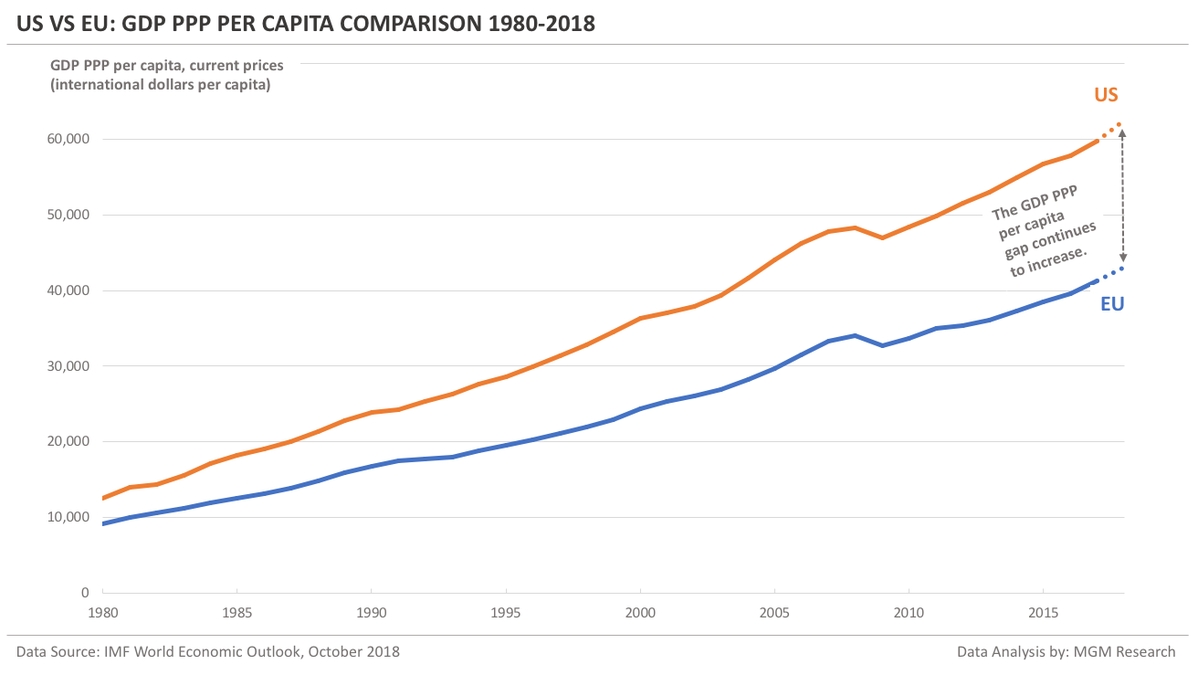
U.S. Versus EU: A Comparative Economic Performance Analysis

The global economy appears to end 2023 in a more favorable state than anticipated. The United States, after avoiding a recession, demonstrates steady growth, low unemployment, and falling inflation. Meanwhile, Europe grapples with uncertainties surrounding the medium-term inflation outlook.
Contrasting Economic Trajectories
The U.S. economy faces challenges of high inflation and slow growth, inciting strikes across various industries. This led to the Federal Reserve raising its benchmark interest rate to curb inflation, causing worldwide spillover effects and banking system pressures. The European Central Bank President, on the other hand, voices uncertainty about the future inflation scenario.
Investor Optimism Amidst Market Volatility
A tumultuous 2023 for the U.S. stock market is nearing an end. Investors look forward to 2024 with optimism, as the S&P 500 Index is within the range of its first all-time high in nearly two years. With the Federal Reserve hinting that it might cease raising interest rates, market focus is shifting towards risks beyond monetary policy, such as the economy, earnings, and the upcoming U.S. presidential election.
Comparative Economic Growth Perspectives
Comparatively, PwC anticipates a brighter view for the UK economy in 2024, projecting improved household conditions, a drop in inflation, and a faster recovery than pre-pandemic levels. However, rising consumer prices, housing costs, and a significant surge in corporate insolvencies in 2024 raise concerns. Global dealmaking, including M&A activity involving UK targets, dipped in 2023 due to steeply rising interest rates and a concerning UK economy outlook.
The U.S. economy in 2023 showed recovery signs post-pandemic, with increased credit card debt, a slowing shopping frenzy, and low unemployment. The easing of grocery prices, the climbing housing costs coupled with eased mortgage rates, lower gasoline prices helping cool inflation, and higher wages slightly outpacing inflation depict the economic landscape. The labor market remained strong, with millions joining or rejoining the workforce, and a 2.9% GDP growth. Fed officials signal potential rate cuts in the coming year.
Yet, the article warns about the significant increase in federal debt, the growing budget deficit despite a relatively healthy economy, and the rising cost of debt interest payments. The author predicts a fiscal crisis is inevitable and that the most likely response from Congress would be the formation of a bipartisan commission to address the issue, although this is not expected to end the growth in U.S. debt.






